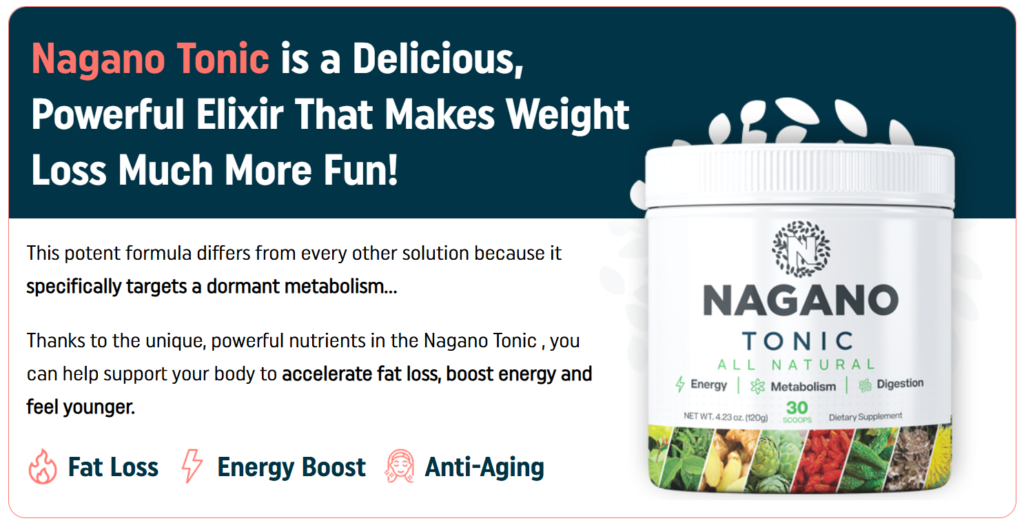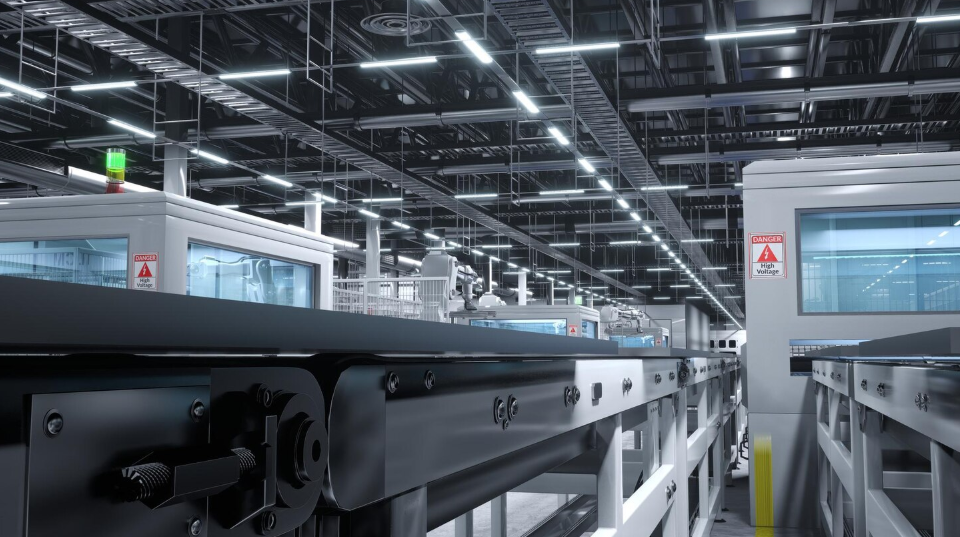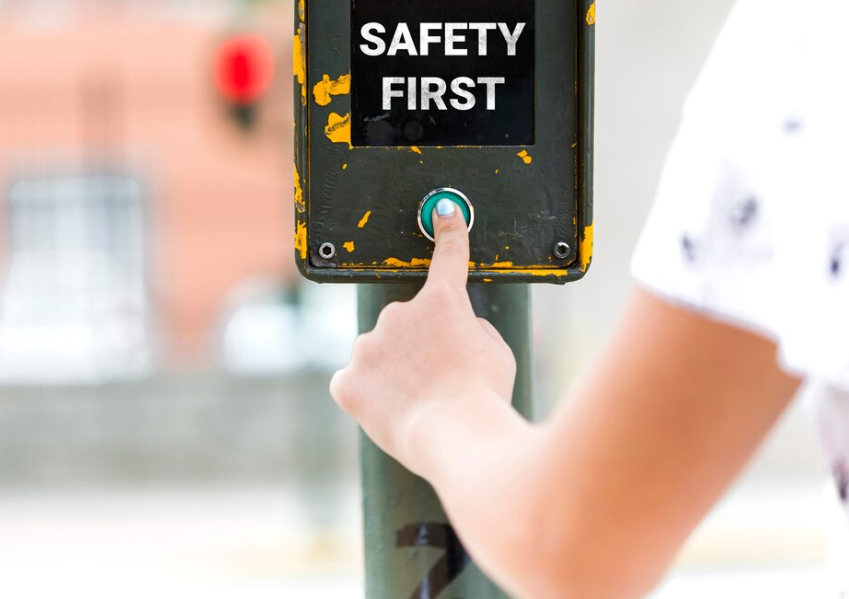When we think about workplace safety, we often focus on machinery, protective equipment, or emergency procedures. But one critical factor that silently shapes both safety and productivity is often overlooked—illumination.
The right lighting does more than just help people see. It prevents accidents, reduces eye strain, enhances focus, and even improves morale. Poor lighting, on the other hand, can lead to mistakes, fatigue, and serious hazards. That’s why understanding the recommended standards of illumination is essential for every employer, safety officer, and worker.
In this detailed article, we’ll break down what illumination standards mean, why they matter, and what levels are recommended across different types of workplaces.
🔦 What Do We Mean by Illumination Standards?
Illumination is simply the amount of light falling on a surface—measured in lux (in SI units) or foot-candles (in older systems).
- 1 lux = 1 lumen per square meter
- 1 foot-candle ≈ 10.76 lux
Recommended standards of illumination are guidelines that specify how much light is required for different tasks. For instance, the lighting needed for a warehouse corridor is much less than that required for a precision assembly line in an electronics factory.
These standards are not just about comfort—they’re about safety, efficiency, and compliance.
⚠️ Why Illumination Matters in Safety
Workplace accidents often have hidden causes, and poor lighting is one of them. Let’s look at the risks:
- Accidents and Injuries
- Slips, trips, and falls are more common in poorly lit areas.
- In industrial settings, poor lighting can cause workers to misjudge distances or mishandle machinery.
- Reduced Productivity
- Dim lighting strains the eyes and slows down performance.
- Overly bright or glaring lights can cause headaches and reduce concentration.
- Impact on Health
- Prolonged exposure to poor lighting can lead to eye strain, blurred vision, fatigue, and even stress.
- Regulatory Compliance
- Most factory and occupational safety laws prescribe minimum illumination levels. Ignoring them can lead to legal penalties.
📊 Recommended Standards of Illumination
Different authorities such as the Illuminating Engineering Society (IES), OSHA, and various Factory Rules in India provide recommended illumination levels. Let’s break it down task by task.
1. General Areas
| Location/Task | Recommended Illumination (Lux) | Remarks |
|---|---|---|
| Corridors, pathways, staircases | 100 – 150 lux | Enough to ensure safe movement |
| Storage rooms | 100 lux | Basic visibility, not for detailed tasks |
| Entrances and exits | 200 lux | Ensures safety during transitions |
2. Industrial Workplaces
| Task/Area | Recommended Illumination (Lux) | Remarks |
|---|---|---|
| Rough assembly, foundries, welding shops | 150 – 200 lux | Suitable for general industrial work |
| Machine shops | 300 – 500 lux | Needed for clear visibility of moving parts |
| Inspection of products | 500 – 1000 lux | Essential for quality control |
| Fine assembly (electronics, watchmaking) | 1000 – 2000 lux | High precision tasks require strong lighting |
3. Offices and Educational Spaces
| Location/Task | Recommended Illumination (Lux) |
|---|---|
| General office work (typing, reading) | 300 – 500 lux |
| Computer workstations | 300 lux (with glare control) |
| Conference rooms | 500 lux |
| Classrooms | 300 – 500 lux |
| Laboratories | 500 – 1000 lux |
| Libraries (reading areas) | 500 lux |
4. Commercial Spaces
| Location | Recommended Illumination (Lux) |
|---|---|
| Retail shops | 300 – 500 lux |
| Supermarkets | 750 lux |
| Restaurants | 150 – 300 lux |
| Hotels (lobbies) | 200 – 300 lux |
5. Hospitals and Healthcare Facilities
| Area | Recommended Illumination (Lux) |
|---|---|
| Patient rooms | 150 – 300 lux |
| Nurses’ stations | 300 – 500 lux |
| Operating rooms | 1000 – 2000 lux |
| Laboratories | 500 – 1000 lux |
🌍 Illumination Standards in India
Under the Factories Act, 1948 and the respective State Factory Rules, minimum lighting requirements are laid out. For example:
- Factories Rules (India) prescribe not less than 50 lux in general areas.
- For detailed work, not less than 150–300 lux is required.
- In hazardous areas, sufficient emergency lighting must also be provided.
These values are often lower benchmarks, while modern standards (like IES) recommend higher lux levels for comfort and safety.
💡 Factors Affecting Workplace Illumination
Lighting design isn’t just about installing bulbs. Several factors influence how effective lighting will be:
- Type of Work – Precision tasks require stronger and more focused lighting.
- Age of Workers – Older workers need more light than younger ones.
- Surface Reflectance – Dark-colored walls or floors absorb light, requiring higher illumination.
- Glare and Shadows – Direct glare or deep shadows can cause discomfort and safety risks.
- Maintenance – Dusty or old fixtures reduce light output significantly.
🔋 Types of Lighting Systems
When designing for recommended illumination, the choice of lighting system matters:
- General Lighting: Provides uniform lighting over a wide area (e.g., ceiling lights).
- Localized Lighting: Focused lights for a particular workstation (e.g., desk lamps).
- Task Lighting: Special lights installed for critical tasks requiring high precision.
- Emergency Lighting: Backup illumination in case of power failure.
✅ Best Practices for Maintaining Recommended Illumination
- Regular Lux Level Measurements
- Use a lux meter to check lighting levels in different work areas.
- Clean and Maintain Fixtures
- Dust and dirt can reduce illumination by up to 30%.
- Replace Burnt-Out Bulbs Promptly
- Dark patches can create safety risks.
- Avoid Glare
- Use diffusers, shades, or indirect lighting.
- Use Energy-Efficient Options
- LED lights provide higher brightness, lower heat, and longer lifespan compared to traditional fluorescent or incandescent lamps.
🚨 Common Mistakes to Avoid
- Over-lighting: More light doesn’t always mean better lighting. Too much brightness can cause glare and discomfort.
- Ignoring Natural Light: Sunlight reduces energy costs and provides a healthier environment.
- Uneven Lighting: Some spots too bright, others too dark—creates confusion and eye strain.
- Failure to Upgrade: Many workplaces still rely on outdated fluorescent tubes instead of energy-efficient LEDs.
🌟 The Human Side of Illumination
Lighting isn’t just about safety—it’s also about well-being. Studies show:
- Natural light improves mood and reduces stress.
- Bright, well-distributed lighting enhances productivity.
- Poor lighting contributes to absenteeism and workplace dissatisfaction.
That’s why smart organizations consider illumination as part of their safety culture and employee welfare strategy.
📌 Key Takeaways
- Illumination = Safety + Productivity.
- Standards vary based on type of work and environment.
- Industrial tasks require higher lux levels than general areas.
- Poor lighting leads to accidents, health issues, and reduced efficiency.
- Regular maintenance and use of modern LED systems ensure compliance and comfort.
✍️ Final Thoughts
The next time you step into your workplace, take a moment to observe the lighting. Is it too dim? Too harsh? Uneven?
Remember, proper illumination is more than a legal requirement—it’s an investment in safety, efficiency, and human well-being.
If you’re an employer or safety professional, conduct a lighting audit today. Align your workplace with the recommended standards of illumination and watch how it transforms not only safety outcomes but also productivity and morale.
✅ Pro Tip for Employers: Consider engaging with a professional lighting consultant who can design energy-efficient, standard-compliant illumination systems tailored to your workplace needs. It pays off in the long run!
🔁 Readers also enjoyed these blog posts:
- Safety Management’s Role: The Unsung Hero Behind Every Successful Organization
- Safety Management and Its Responsibilities: Protecting People, Preventing Hazards, and Promoting a Culture of Care
- Benchmarking for Safety Performance: A Key to Continuous Improvement
“Start Your Website Journey Today – Exclusive Hostinger Discounts!”

Turn Any Idea into Viral,
Jaw-Dropping AI Videos in Seconds!










